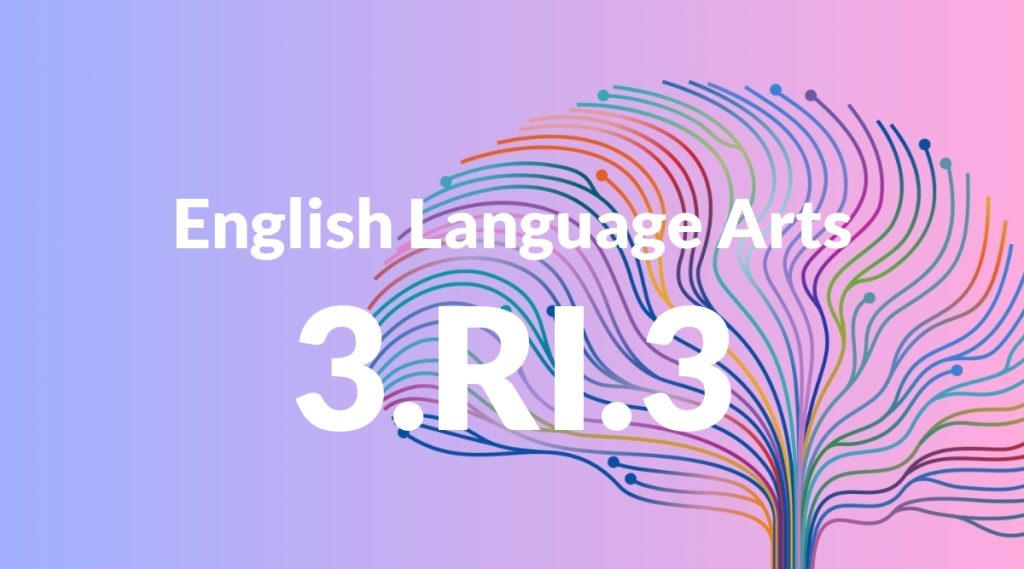Standard: 3.RI.3 – Describe the relationship between a series of historical events, scientific ideas or concepts, or steps in technical procedures in a text, using language that pertains to time, sequence, and cause/effect.
Grade level: Grade 3
Subject: English Language Arts
Domain: Reading: Informational Text
Teacher Overview
This standard focuses on helping students understand the relationships between events, ideas, and steps in informational texts. It’s important because it builds critical thinking and comprehension skills, which are essential for academic success across all subjects. Students should be familiar with basic text features and understand simple cause-effect relationships. They should also be able to sequence events in a story.
After mastering this standard, students will be able to critically analyze more complex texts and understand how different parts of a text contribute to its overall meaning.
Common Misconception 1
Some students might think that events or steps in a text are unrelated, which can lead to confusion and misunderstanding of the material.
Intervention 1
To address this, use graphic organizers like timelines or flowcharts to help students visually map out the relationships between events or steps.
Common Misconception 2
Another common misconception is confusing the order of events or steps, which can disrupt their understanding of the text.
Intervention 2
Practice sequencing activities with clear, step-by-step instructions and use transitional words to reinforce the correct order.
Prerequisite Knowledge
Students should be able to identify basic text features such as headings, subheadings, and captions. They should also understand simple cause and effect relationships and be able to sequence events in a story.
Subsequent Knowledge
Students will develop the ability to critically analyze more complex texts, including understanding how different parts of a text contribute to the overall meaning and how to compare and contrast information from multiple sources.
Instructional Activities
- Create timelines of historical events.
- Use flowcharts to map out scientific processes.
- Practice sequencing steps with transitional words.
- Read and discuss informational texts in small groups.




